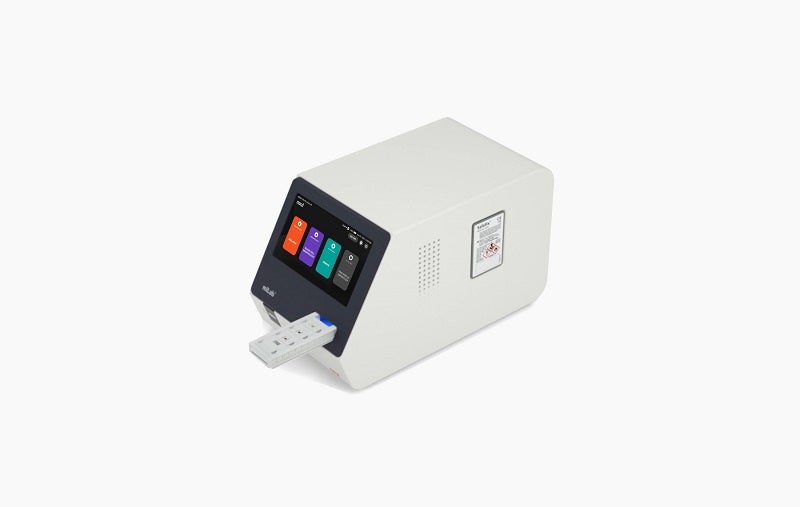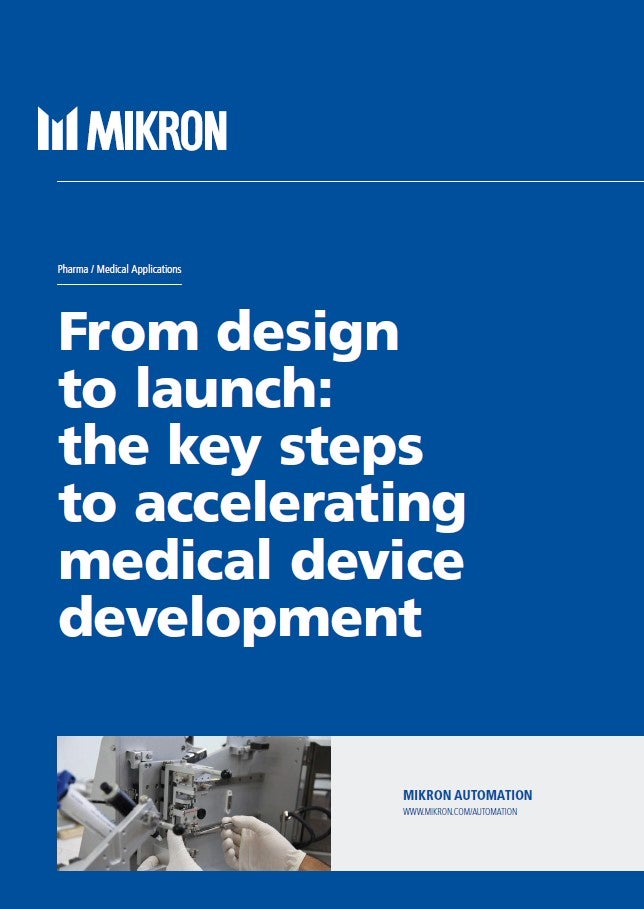
Biotech start-up Noul has received CE-IVD marks for its two next-generation diagnostic testing products, miLab Cartridge CER and miLab Cartridge BCM.
The miLab Cartridge CER is a cervical cell staining and analysis solution that stains the cytology samples by utilising the Papanicolaou stain process.
How well do you really know your competitors?
Access the most comprehensive Company Profiles on the market, powered by GlobalData. Save hours of research. Gain competitive edge.

Thank you!
Your download email will arrive shortly
Not ready to buy yet? Download a free sample
We are confident about the unique quality of our Company Profiles. However, we want you to make the most beneficial decision for your business, so we offer a free sample that you can download by submitting the below form
By GlobalDataThe in-vitro diagnostic medical device stains and evaluates the cervical cells automatically to support the medical experts’ slide review, when utilised with the company’s miLab Platform.
Noul stated that the device improves the diagnostic efficiency for cervical cancer, which is said to be the fourth most common cancer in women.
The morphology-based blood analysis solution MiLab Cartridge BCM performs automated microscopic analysis of main blood cells, such as differential count of white blood cells.
It improves the sample preparation quality and the diagnostics efficiency of peripheral blood smear tests.
Noul CEO David Lim said: “The acquisition of CE mark for two miLab cartridge solutions is significant in that it has expanded the marketability of diagnostic testing areas from the existing malaria diagnosis to peripheral blood and cancer areas.
“As miLab has met regulatory requirements in the European market, we will accelerate our product’s entry into major global markets including Europe, and Africa where it references CE certification.”
In February 2021, the company received the CE-IVD mark for its miLab Platform and miLab Cartridge MAL.
miLab is a completely automated device that can process sample preparation as well as artificial intelligence (AI) diagnostic in a single workflow.
It integrates advanced technologies from computer vision hardware, AI, bio, and software engineering.




